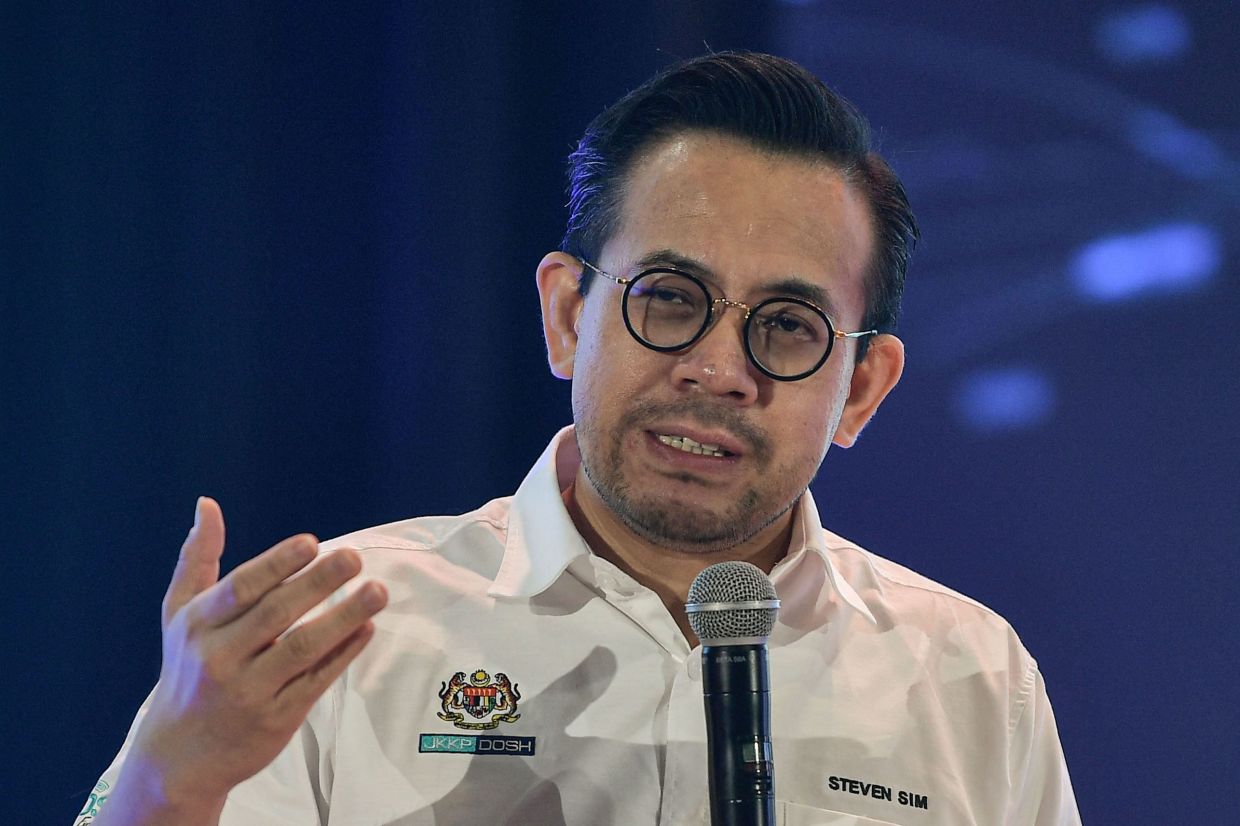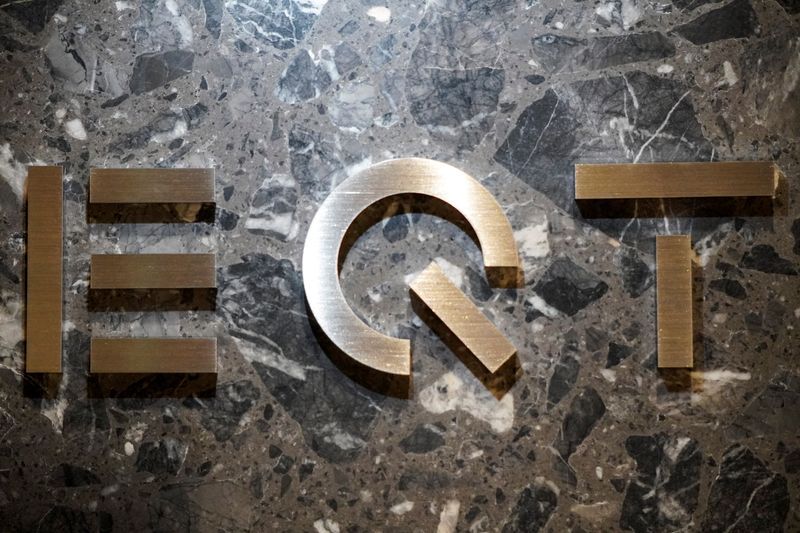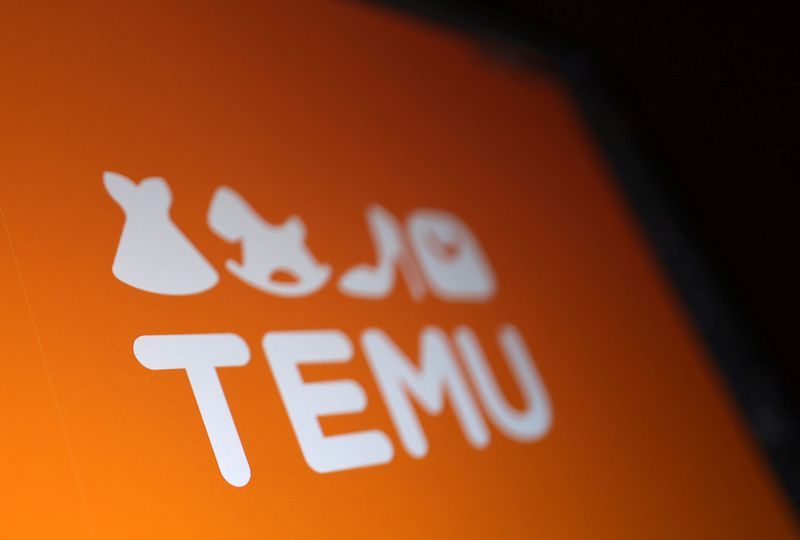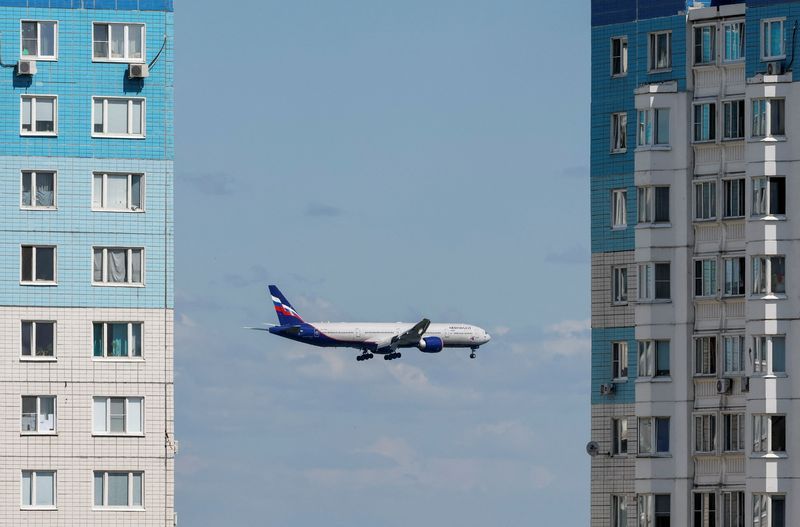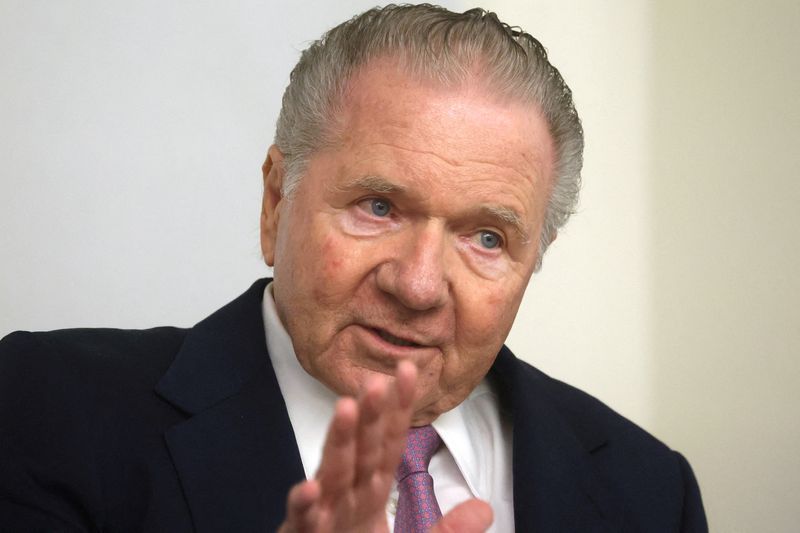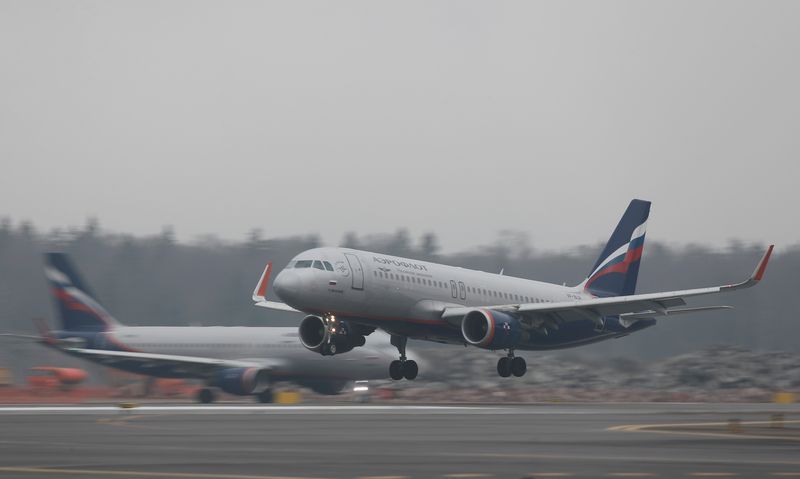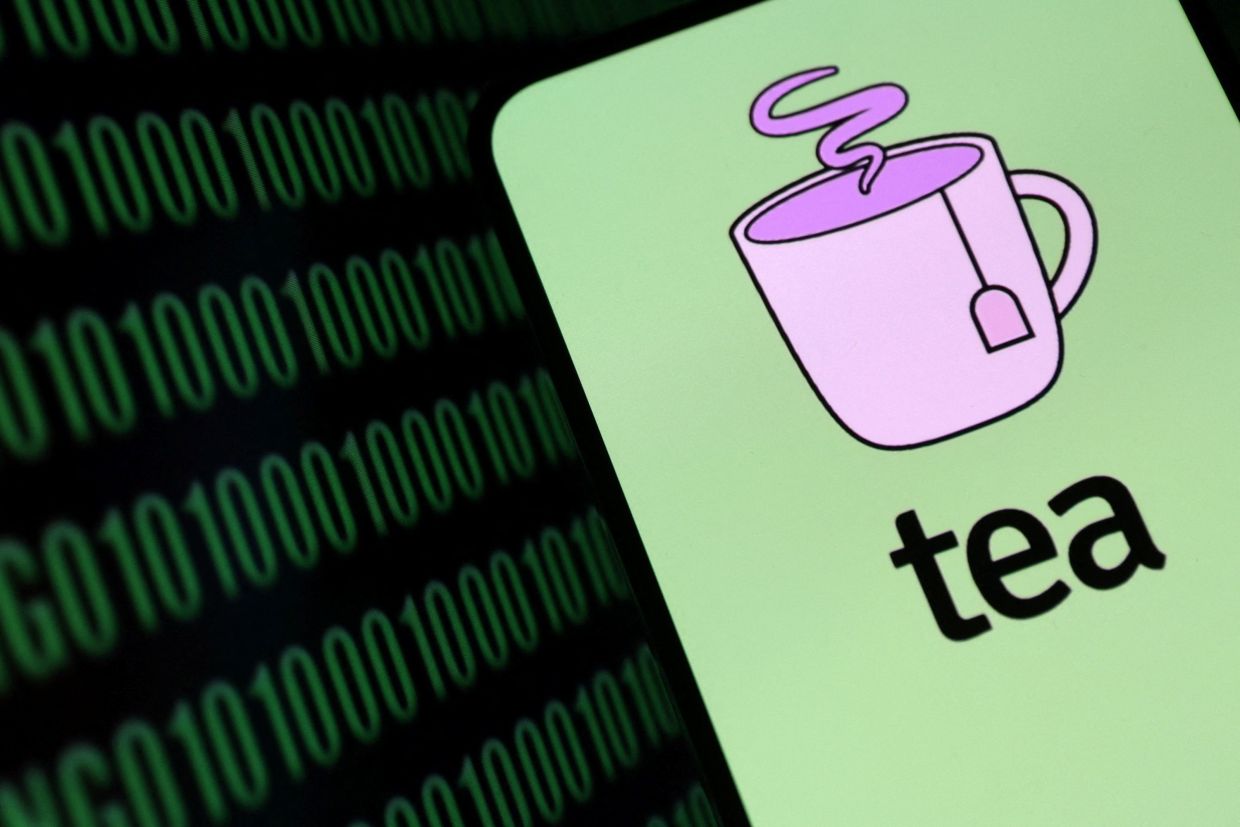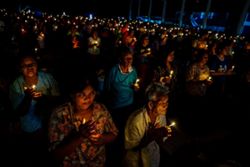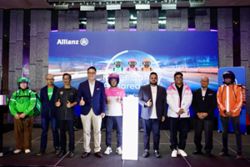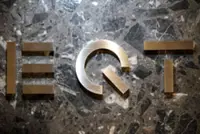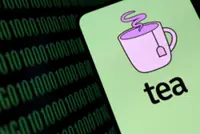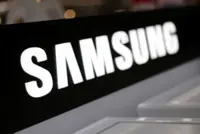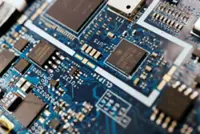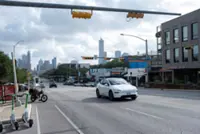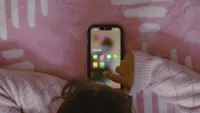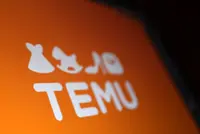
Using brain scans to create a digital map of the boys’ shared cranium, surgeons practiced for the procedure in a trans-Atlantic, virtual-reality trial surgery executed in both Britain and Brazil. — AFP Relaxnews
Conjoined twins born in Brazil with a fused head and brain have been separated in what doctors described on Aug 1 as the most complex surgery of its kind, which they prepared for using virtual reality.
Arthur and Bernardo Lima were born in 2018 in the state of Roraima in northern Brazil as craniopagus twins, an extremely rare condition in which the siblings are fused at the cranium.
Already a subscriber? Log in
Subscribe now and get 30% off The Star Yearly Plan
Cancel anytime. Ad-free. Unlimited access with perks.







